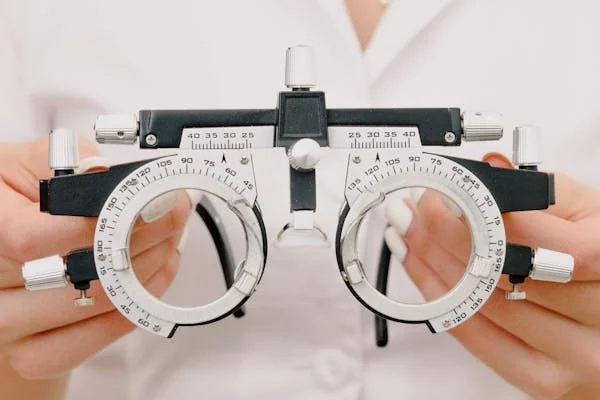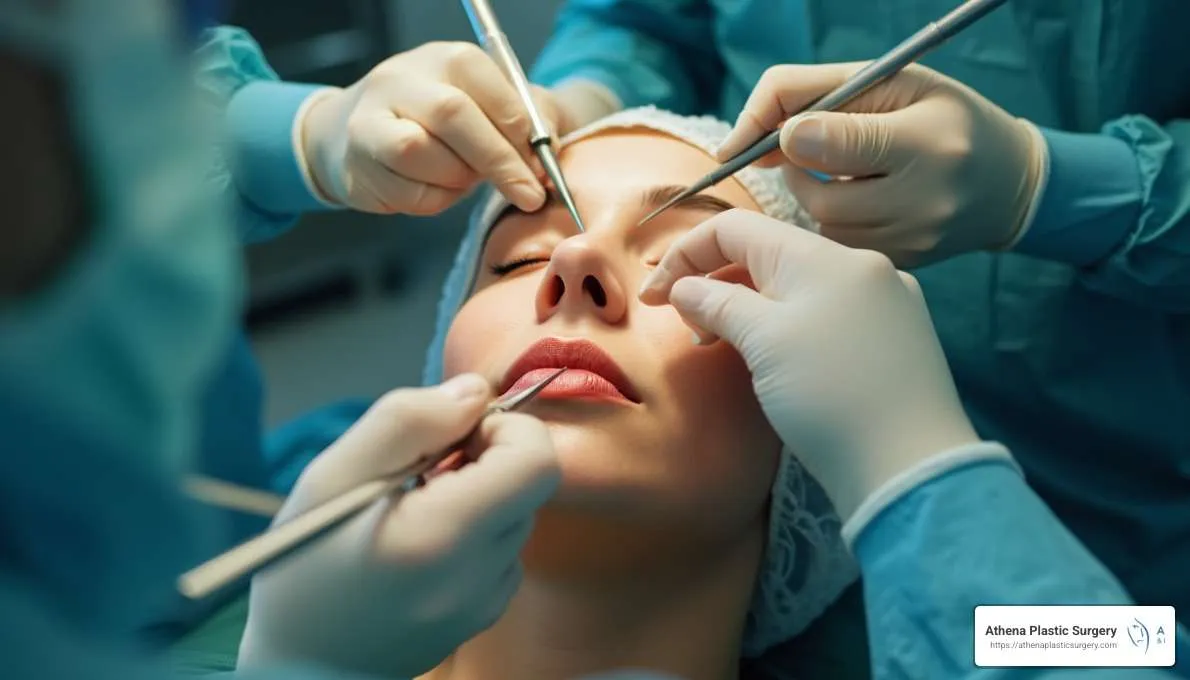Cataract surgery is a standard procedure that restores clear vision for those affected by cloudy lenses in the eye. Understanding the steps involved and the outcomes it delivers helps patients be more prepared for this life-changing experience. Here’s what you need to know:
What Happens Before Surgery?
Preparation for cataract surgery starts with a consultation. During this visit, an eye specialist examines your eyes to determine the severity of the cataract and plan the best course of treatment. Advanced imaging techniques may be used to measure the shape and size of your eye, helping to select the appropriate intraocular lens (IOL) to replace the cloudy natural lens.
The day before the procedure, doctors give patients specific instructions. These might include using eye drops to prevent infection, stopping certain medications temporarily, or adjusting eating and drinking habits to prepare for anesthesia. By following these steps, the doctor and patient work together for a smooth and successful surgery.
How Does It Work?
Cataract surgery is typically quick and painless. Using advanced technology, the surgeon removes the clouded lens and replaces it with a clear artificial lens, restoring vision. The entire process may take around 15 to 30 minutes.
Doctors make a small incision in the eye, and ultrasound waves or a laser break up the cataract into smaller pieces. These fragments are gently removed using a tiny suction device. Once the cataract is cleared, the new lens is carefully placed. Because these lenses are designed specifically to meet the patient’s needs, they often improve vision even beyond what glasses or contacts have previously provided.
What Should You Expect?
Recovery from this method is usually quick and straightforward. Many people notice improvements in their vision within a day or two, while full recovery typically occurs over several weeks. This is what recovery generally involves:
- Follow-up Visits: Your doctor will schedule multiple follow-up visits to monitor your progress and promote proper healing.
- Protective Measures: You might be asked to wear an eye shield at night to prevent accidental rubbing or pressure.
- Eye Drops: Regular use of prescribed drops helps to reduce inflammation and lower the risk of infection.
By adhering to doctor recommendations, your recovery will stay on track and your new lens will perform as intended.
Why Is Surgery Worthwhile?
Many people may feel a renewed sense of freedom after they regain clear sight. This procedure not only improves eyesight but also often decreases the need for glasses or contact lenses. One of the main advantages is a better quality of life. Clearer vision may make everyday activities like reading, driving, and socializing much easier. It may also lower the risk of falls, which can be typical in older adults with poor vision. Overall, this restored freedom can significantly enhance your life.
What Are Long-term Effects?
Cataract surgery provides lasting benefits. During the procedure, an artificial lens is implanted, designed to be permanent and free from the need for cataract surgery. Most patients enjoy clear, stable vision for many years to come. Overall, cataract surgery helps maintain good vision and supports long-term well-being.
Ask About Cataract Surgery
Cataract surgery provides a pathway to sharp, clear vision, greatly enhancing one’s life. By understanding the process and its outcomes, patients may be empowered to take the following steps. Whether you’re seeking a better quality of life or greater independence, this procedure delivers results that significantly impact everyday experiences. Schedule an appointment with an eye specialist today.





Leave a Reply